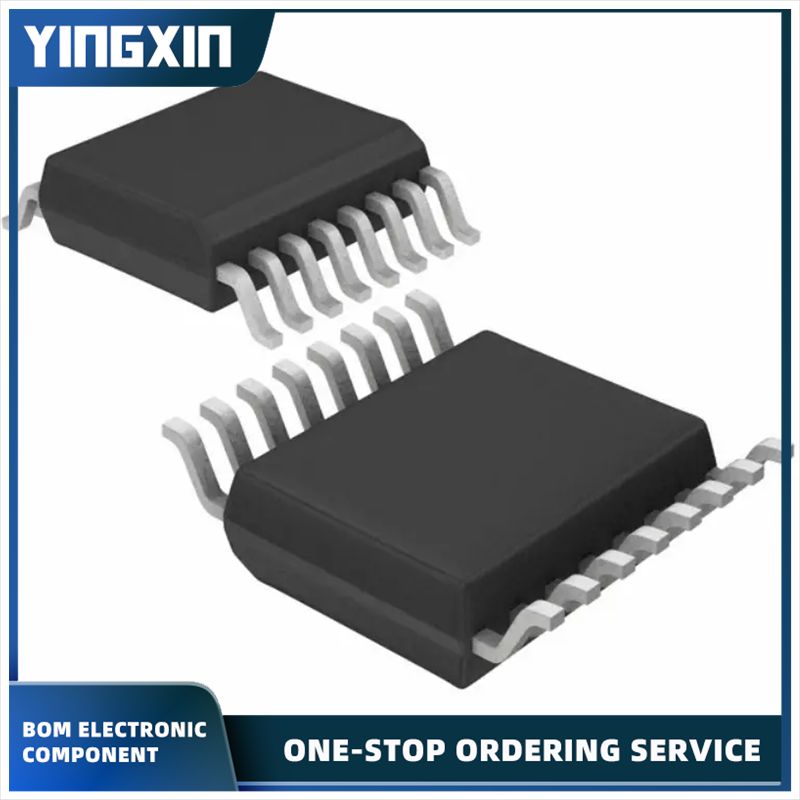In the world of digital technology, CMOS (Complementary Metal-Oxide-Semiconductor) digital integrated circuits have played a pivotal role in shaping the landscape of modern electronics. From their humble beginnings to their current state of advanced innovation, these circuits have undergone a remarkable evolution, revolutionizing the way we interact with and utilize digital devices. In this blog, we will delve into the fascinating journey of CMOS digital integrated circuits, exploring their history, development, and impact on the world of technology.
The history of CMOS digital integrated circuits can be traced back to the late 1960s, when researchers and engineers began to explore the potential of using complementary pairs of metal-oxide-semiconductor field-effect transistors (MOSFETs) to create digital logic gates. This innovative approach offered several advantages, including low power consumption, high noise immunity, and compatibility with a wide range of operating voltages. These early developments laid the foundation for the widespread adoption of CMOS technology in the decades to come.
As the demand for smaller, faster, and more efficient digital devices grew, so did the need for advanced CMOS digital integrated circuits. Engineers and scientists worked tirelessly to push the boundaries of CMOS technology, leading to the development of increasingly complex and powerful integrated circuits. This relentless pursuit of innovation resulted in the creation of cutting-edge processors, memory chips, and other digital components that have become essential building blocks of modern electronics.
One of the key milestones in the evolution of CMOS digital integrated circuits was the introduction of scaled-down transistor dimensions, which enabled the production of chips with higher transistor densities and improved performance. This breakthrough paved the way for the development of advanced microprocessors and system-on-chip (SoC) solutions, driving the rapid advancement of computing and mobile technologies.
In addition to their impact on computing and communication devices, CMOS digital integrated circuits have also revolutionized the field of digital signal processing, enabling the creation of sophisticated audio, video, and image processing systems. The integration of CMOS technology into sensors, cameras, and display panels has further expanded the capabilities of digital devices, enhancing their functionality and performance.
The relentless pursuit of innovation in CMOS digital integrated circuits has also led to significant advancements in power management, enabling the development of energy-efficient devices with extended battery life. This has had a profound impact on the consumer electronics industry, driving the proliferation of mobile devices, wearables, and IoT (Internet of Things) devices that have become integral parts of our daily lives.
Looking ahead, the future of CMOS digital integrated circuits holds even greater promise, with ongoing research and development efforts focused on pushing the boundaries of performance, power efficiency, and integration. Emerging technologies such as 3D integration, advanced packaging, and novel materials are poised to further enhance the capabilities of CMOS circuits, opening up new possibilities for the next generation of digital devices and systems.
In conclusion, the evolution of CMOS digital integrated circuits is a testament to the power of innovation and the relentless pursuit of technological advancement. From their humble beginnings to their current state of advanced sophistication, these circuits have reshaped the world of digital technology, driving progress and innovation across a wide range of industries. As we look to the future, the continued evolution of CMOS digital integrated circuits promises to unlock new opportunities and possibilities, shaping the digital landscape for years to come.
Post time: May-31-2024

